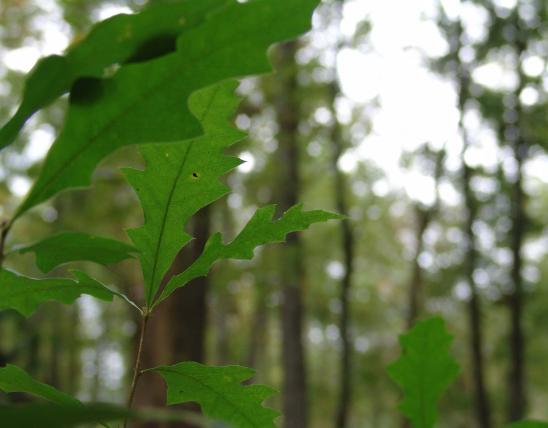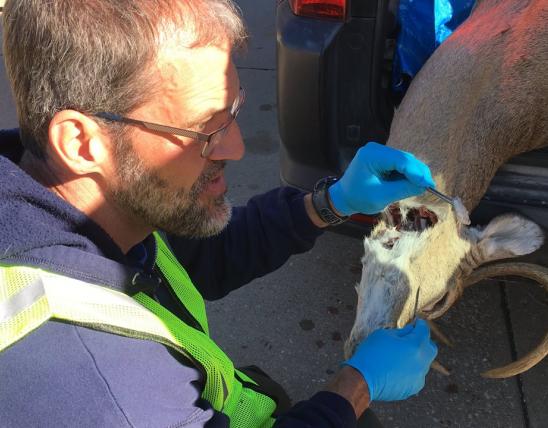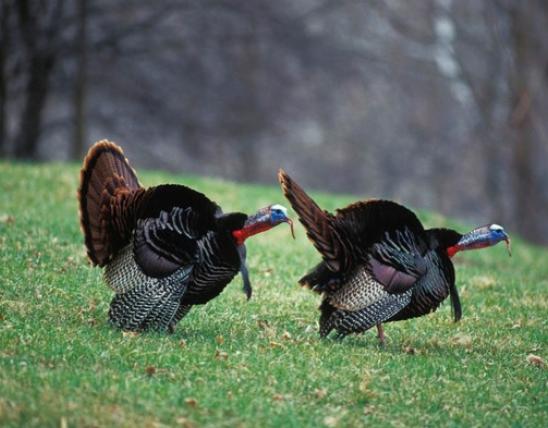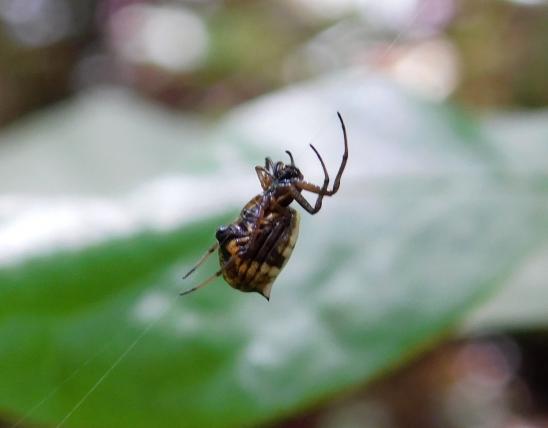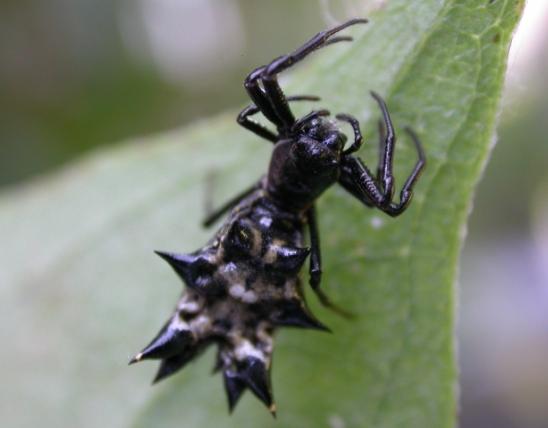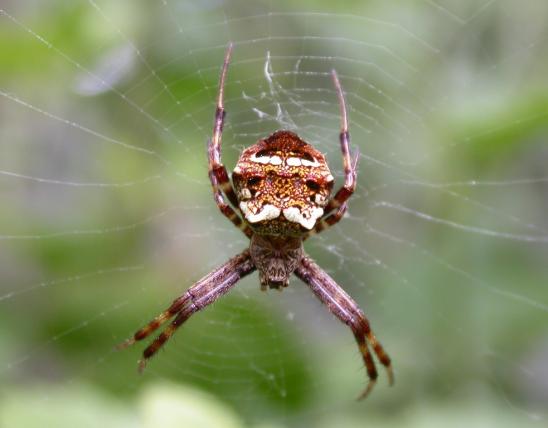Media

Scientific Name
Micrathena mitrata
Family
Araneidae (orb weavers) in the order Araneae (spiders)
Description
The white micrathena has 2 short pairs of tubercles and a white abdomen with a few distinct black blotches on the upper side. In an odd way, it looks like it's wearing a turban, which is what its scientific name, mitrata, refers to. This is one of three Missouri species of micrathenas, also called spiny orbweavers.
Like the vast majority of Missouri’s spiders, white micrathenas are a welcome help to gardeners. Micrathenas, with their closely spaced webs, are especially good at capturing mosquitoes, gnats, and other small flying insects.
Learn more about Missouri’s spiny orbweavers on their group page.
Size
Length: to about ½ inch (excluding legs).
Title
Media Gallery
Image
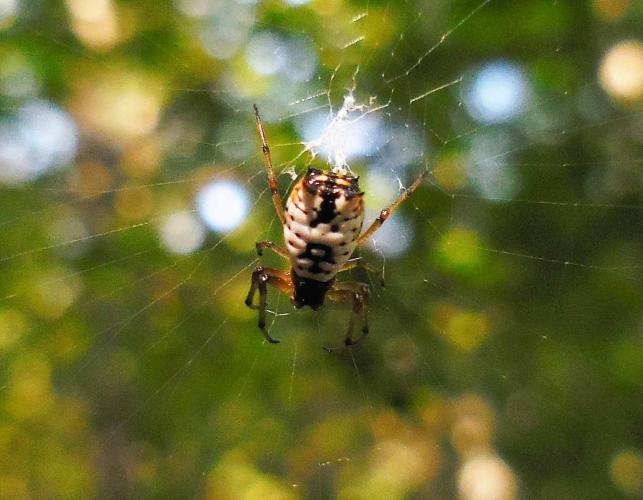
Caption
The white micrathena, M. mitrata, has 2 short pairs of tubercles and a white abdomen with a few distinct black blotches on the upper side.
Credit
David Bruns
Right to Use
Image

Caption
The white micrathena, M. mitrata, has 2 short pairs of tubercles and a white abdomen with a few distinct black blotches on the upper side.
Credit
David Bruns
Right to Use
Image

Caption
This side view of a white micrathena shows one of the two spines that project from the back of the abdomen. Micrathenas typically rest in their webs with their bellies facing up, so the spine is pointing almost straight down in this picture.
Credit
Julianna Schroeder
Right to Use
Image

Caption
This white micrathena lost her delicate web in a collision with a hiker. She retreated to a nearby leaf for safety.
Credit
Julianna Schroeder
Right to Use
Image

Image

Image

Image

Title
Similar Species
About Land Invertebrates in Missouri
Invertebrates are animals without backbones, including earthworms, slugs, snails, and arthropods. Arthropods—invertebrates with “jointed legs” — are a group of invertebrates that includes crayfish, shrimp, millipedes, centipedes, mites, spiders, and insects. There may be as many as 10 million species of insects alive on earth today, and they probably constitute more than 90 percent all animal species.









